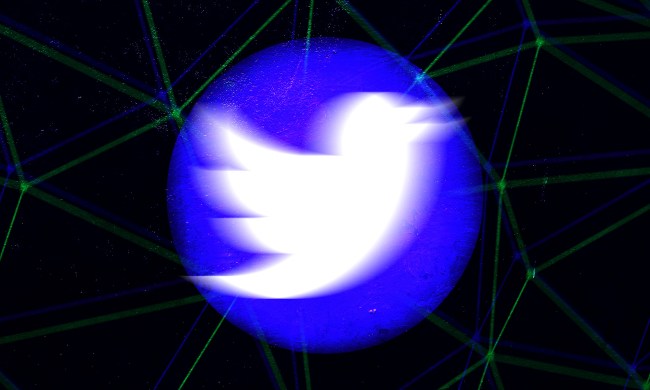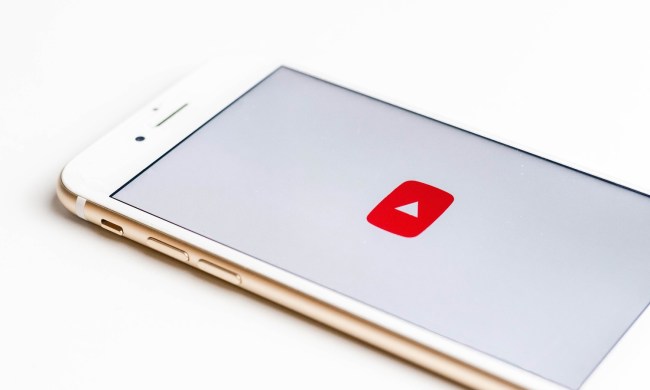The Pew Research Center recently released the results of its latest survey on the use of the internet and social media among Americans — and the results reveal a healthy generation gap.
Facebook and YouTube remain the leaders in terms of social media consumption. Pew reports that 68 percent of all Americans use Facebook, and three-quarters of those users access the site on a daily basis. Among those under the age of 65, Facebook appears to be a fairly universal platform, with a wide range of demographics represented on the site.
While not a traditional social media site, YouTube does compete with similar sites for user screen time and advertiser dollars. We don’t know the details of YouTube’s financials, but Pew reports that it is doing a good job of capturing user attention. Roughly 74 percent of adults use YouTube (did that redesign help or hurt?), but that number gets even more impressive when looking at the 18-24 demographic. Among younger users, 94 percent of them say they visit YouTube on their computers or smartphones.
Younger users may not know the wild history of social media, but in general they’re more likely to make use of it than older generations do. Among those between the ages of 18 and 29, 88 percent say that they use some form of social media, but there are some interesting differences when that group is broken down into smaller age-based groups. Those aged 18-24 really love Snapchat, with 78 percent saying they make use of the service.
Those numbers decline sharply among a slightly older demographic, however. Among users between the ages of 25 and 29, only 54 percent make use of Snapchat. Instagram and Twitter showed similar ratios, though the overall number of Americans who use Twitter has risen slightly.
Demographics of U.S. adults who use Twitter
Total: 24%
Men: 23%
Women: 24White: 24%
Black: 26
Hispanic: 20Ages 18-29: 40%
30-49: 27
50-64: 19
65+: 8High school or less: 18%
Some college: 25
College+: 32Urban: 29%
Suburban: 23
Rural: 17https://t.co/8Bc2m8Q4Cv pic.twitter.com/U8e5DqNyJs— Pew Research Center (@pewresearch) March 2, 2018
Age isn’t the only factor that’s useful in determining a social media platform’s popularity. Pinterest is much more popular among women than it is with men, with 41 percent of women saying they use the platform, compared to 16 percent of men.
LinkedIn is used by high-income households and college graduates far more than it is by those who did not go beyond a high school diploma. About half of all college graduates said they used LinkedIn, compared to the 9 percent who only graduated high school.


